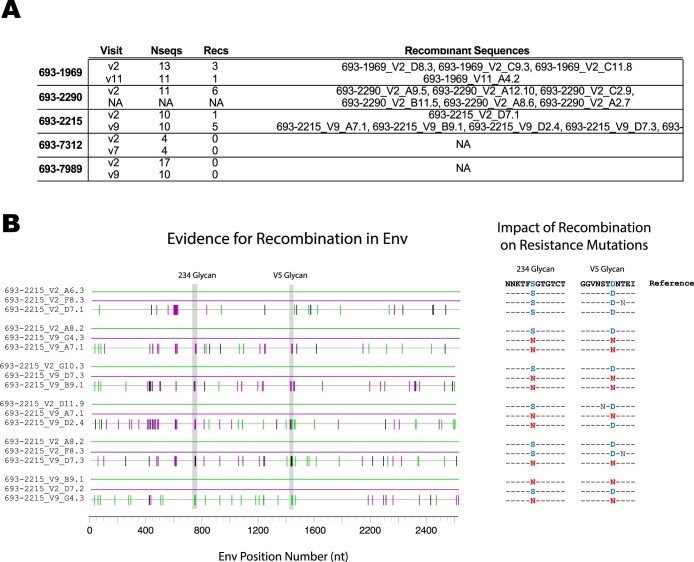Extended Data Fig. 6. Recombination detection in three out of five samples.
A total of 16 recombinants were detected in 3 out of 5 samples (A). Each row shows the total number of sequences at each visit per participant (NSeq), the total number of recombinants detected (NRecs), and the sequence names of the recombinants (last column on the right). No recombinants were detected in participants 693-7312 and 693-7989, although our power to detect recombination suffered from the low number of sequences (range 4-17 per participant, per visit; median=10). All recombinants were found to be statistically significant after multiple testing correction using a Wald-Wolfowitz Runs Test statistic implemented by the LANL tool RAPR2. (B) Impact of recombination on participant 693-2215. The full Env genome of all recombinant triplets from participant 693-2215 is shown on the left, solid green and purple lines for the parental strains at the top, and gray for the recombinant below, with tic marks indicating the sites where the daughter strain differs from at least one parent, color coded as follows: green if the recombinant matches the green parent at that site, purple if the recombinant matches the purple parent, and black if it doesn’t match either parental strain. Vertical gray bands show the positions in the genome of the 234 glycan and the V5 glycan where we find evidence of recombination favoring the resistant form over the sensitive one. This is highlighted on the right, with the reference amino acids surrounding the two glycan regions shown at the top and below the corresponding sequence for each recombinant triplet. Dashes indicate amino acids were the sequences match the reference. Mutations at the glycans are shown in red if they confer resistance and blue if they confer sensitivity. The top triplet shows the only recombinant found at the first time point where no resistant mutations were detected. In the remaining triplets, recombination preferentially selects the resistant mutation 4 out of 4 times for the glycan at position 234, and 3 out of 4 times at the site of the V5 glycan.

